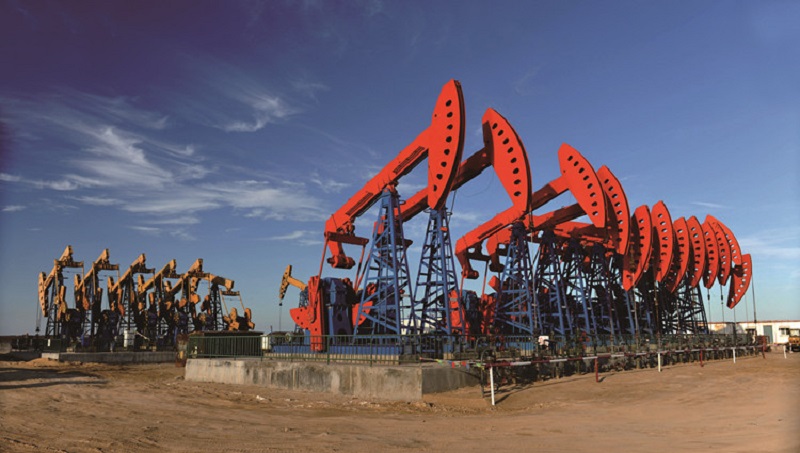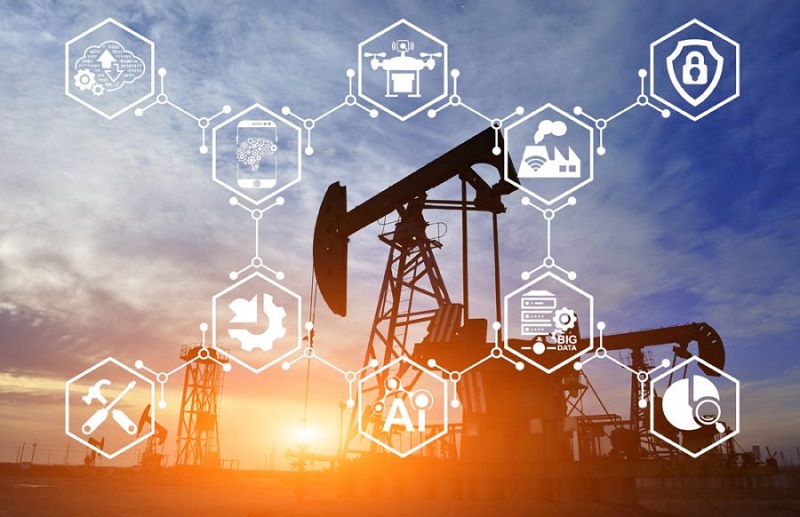Introducing Pumping Units: development and new technology
In the world of oil and gas extraction, few pieces of equipment hold as much significance as the pumping unit, colloquially known as the “pumpjack” or “nodding donkey.” These mechanical marvels are the unsung heroes of the industry, responsible for the extraction of crude oil from deep beneath the Earth’s surface. With their iconic rhythmic nodding motion, pumping units have played a pivotal role in shaping the modern energy landscape. This essay delves into the intricate workings, historical evolution, technological advancements, and environmental considerations of pumping units, highlighting their crucial role in global energy production.
The Mechanism and Design
At the heart of every pumping unit is a deceptively simple yet ingeniously effective mechanical design. Comprising several integral components, the pumping unit translates rotational energy into vertical reciprocating motion, ultimately driving the extraction of crude oil. The key components include the horsehead, walking beam, pitman arm, counterweights, and gearbox. The horsehead provides support for the walking beam, which pivots on a fulcrum. Linked to the pitman arm, the walking beam’s motion is transferred to the polished rod that extends down into the well and connects to the downhole pump.
This synchronized mechanical dance, propelled by a prime mover such as an electric motor or a reciprocating engine, allows the pumping unit to lift the downhole pump and draw oil to the surface. This mechanism, which seems almost poetic in its simplicity, is the driving force behind the extraction of crude oil from vast subterranean reservoirs.
Technological Advancements
1. Emergence of “Smart” Pumping Units
The 21st century witnessed a remarkable transformation in the oil and gas industry, driven by the convergence of digital technology, data analytics, and automation. This transformation extended to pumping units, as they evolved from mechanical workhorses to intelligent and connected assets.
2. Sensors and Data Collection
One of the cornerstones of smart pumping units is the integration of sensors throughout the equipment. These sensors monitor various parameters critical to the pumping process, including load, temperature, pressure, and vibration. The data collected by these sensors provides real-time insights into the unit’s performance, allowing operators to detect anomalies and preempt potential failures. For example, if a pump is experiencing increased resistance due to changing downhole conditions, the sensors can detect this change and alert operators to take corrective action before a breakdown occurs.
3. Remote Monitoring and Control
Remote monitoring capabilities have further elevated the efficiency and reliability of pumping units. Operators can access real-time data from pumping units located in remote and challenging environments. This ability to monitor operations from a centralized control room enhances decision-making, reduces the need for on-site visits, and minimizes downtime. If an issue is detected, operators can remotely adjust operational parameters, troubleshoot problems, and even shut down the unit if necessary.
4. Automation and Optimization
Automation systems have been a game-changer for pumping units. Advanced control algorithms analyze the incoming data to optimize the pumping process in real time. These algorithms adjust stroke lengths, pumping rates, and other parameters to ensure optimal efficiency and maximize production while minimizing energy consumption. This level of automation not only improves production rates but also reduces wear and tear on equipment, extending its operational lifespan.
5. Predictive Maintenance
Perhaps one of the most significant contributions of smart technology to pumping units is the concept of predictive maintenance. By analyzing historical data, sensor inputs, and performance trends, machine learning algorithms can predict when components are likely to fail. This foresight empowers operators to conduct maintenance activities proactively, replacing parts before they break down. Predictive maintenance minimizes unplanned downtime, increases equipment availability, and reduces maintenance costs.
6. Challenges and Opportunities
While the integration of technology into pumping units offers numerous benefits, it also presents challenges. Cybersecurity becomes paramount when dealing with interconnected devices that transmit sensitive operational data. Ensuring the integrity and confidentiality of this data is crucial to preventing unauthorized access and potential disruptions.
Additionally, the adoption of smart technology requires an investment in infrastructure, training, and data management systems. Oil and gas companies must overcome these hurdles to fully harness the potential of smart pumping units.
7. Environmental Considerations in Smart Pumping Units
Smart technology is not only enhancing operational efficiency but also contributing to environmental sustainability. Remote monitoring and automation reduce the need for constant on-site presence, thereby decreasing emissions from travel. The optimization algorithms implemented in smart pumping units reduce energy consumption and greenhouse gas emissions. Moreover, by enabling predictive maintenance, companies can minimize the risk of leaks and spills that can harm the environment.
Environmental Considerations

While pumping units have been instrumental in extracting valuable energy resources, their operation hasn’t been without environmental impact. Traditional pumping units are associated with energy consumption, emissions from prime movers, and the occasional release of methane during oil extraction. However, the industry has recognized these challenges and is actively working towards minimizing its environmental footprint.
Efforts to reduce emissions have led to the adoption of more energy-efficient prime movers, the implementation of advanced control systems, and the exploration of renewable energy sources to power pumping units. Additionally, innovative techniques are being developed to capture and utilize methane emissions, mitigating their impact on the environment.
Conclusion
Pumping units, the unassuming workhorses of the oil and gas industry, have played an integral role in shaping the energy landscape of the modern world. From their humble beginnings as manually operated contraptions to their current status as interconnected, data-driven components, pumping units have continued to evolve and adapt to the changing demands of the industry. As the global focus on sustainability intensifies, the pumping unit’s journey is far from over. With ongoing technological advancements and a renewed emphasis on environmental responsibility, these nodding donkeys are poised to continue their vital role in energy extraction while contributing to a more sustainable future.


 By Sun
By Sun

